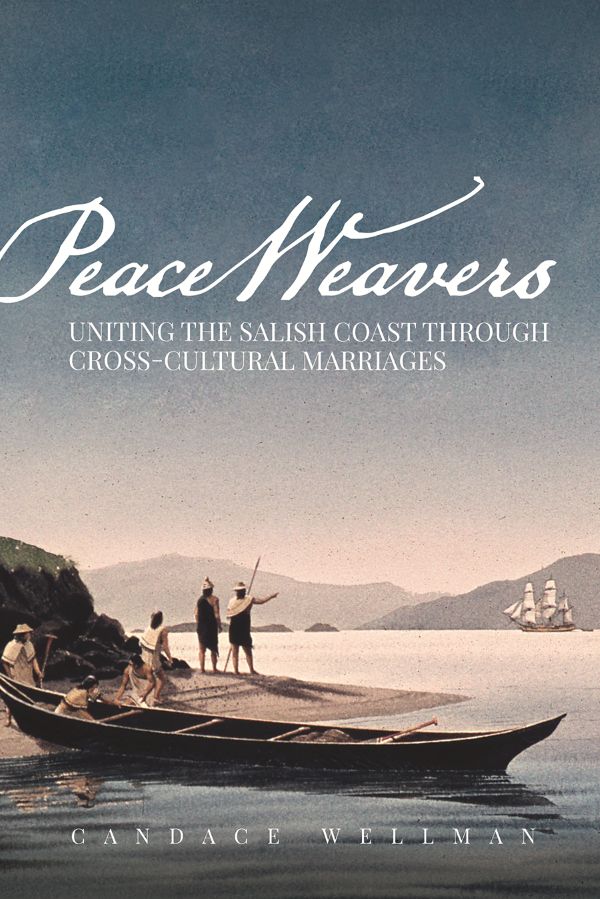Description
For many generations into the twentieth century Mary Jim, her family, and their ancestors lived a free and open life on the Columbia Plateau. They moved on horseback from the Snake River to Badger Mountain to Oregon’s Blue Mountains. They interacted and intermarried within a vast region in the Northwest, and their stories are rich in content, interpretation, and nuance.
Denied a place on their ancestral lands, the original Snake River-Palouse people were forced to scatter. After most relocated to Nez Perce, Umatilla, Warm Springs, Yakama, and Colville reservations, maintaining their cultural identity became increasingly difficult. Still, elders continued to pass down oral histories to their descendants, insisting youngsters listen with rapt attention.
Beginning in the 1970s and continuing over three decades, Naxiyamtáma elders—in particular Mary Jim, Andrew George, Gordon Fisher, and Emily Peone—chose to share their stories with a research team. They hoped to teach American Indian history in a traditional manner as well as refute incorrect versions. In the process, multiple themes emerged—a pervasive spirituality tied to the Creator and environment; a covenant relationship and sacred trust to protect and preserve their traditional lands; storytelling as a revered art form that reveals life lessons, and finally, belief in cyclical time and blood memory.
All four of the featured elders had ties to the Plateau people’s leadership families and had lived in the traditional way—gathering, hunting, and fishing. They participated in the ancient Wáshani religion and were raised to honor the Creator through First Food ceremonies. In their retelling, the authors have endeavored to capture their original voices and remain true to Snake River-Palouse oral traditions.
Creation stories include “The Creatures of Cloudy Mountain,” “Why Coyote Made the Palouse Hills,” and “The Origin of Palouse Falls.” Although narratives told by other groups are similar to Mary Jim’s “How Coyote Learned to Fish,” and Gordon Fisher’s “How Beaver Brought Fire to the People,” the versions in River Song offer a distinct Naxiyamtáma perspective.
Authors Richard Scheuerman, Associate Professor of Curriculum and Instruction at Seattle Pacific University, and Clifford Trafzer, Distinguished Professor of History and Costo Chair in Native American studies at the University of California-Riverside, previously paired up to write the award-winning book, Renegade Tribe: The Palouse Indians and the Invasion of the Pacific Northwest. In River Song, they also describe their method and approach—one that will serve as a model for conducting Native American cultural research.
Illustrations / map / notes / bibliography / index / 228 pages (2015)










